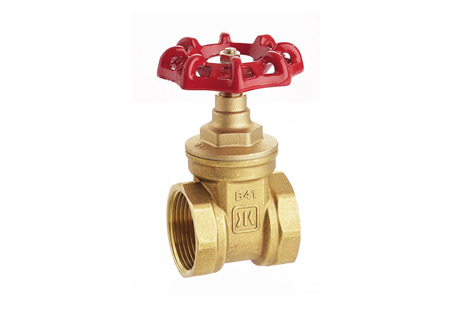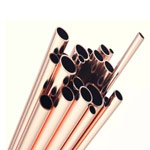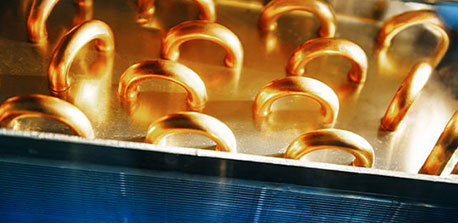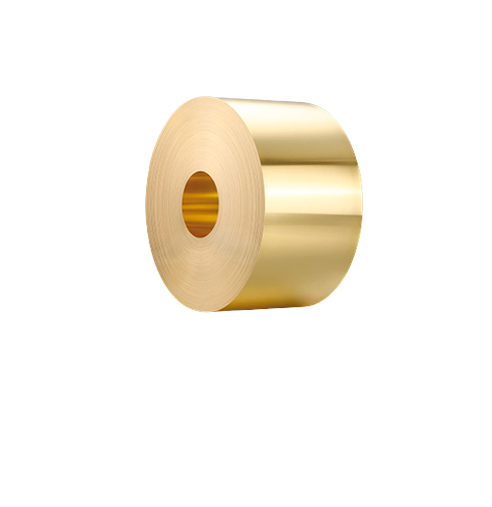In the ever-evolving world of electronics, certain elements play crucial roles in powering our devices. Copper tin zinc, three elemental superheroes, combine their unique properties to create the electrical marvels we rely on daily. This blog explores the importance of copper tin zinc in electronics and the incredible contributions they make to our modern technological landscape.
The Role of Copper in Electronics
Copper, known for its exceptional electrical conductivity, is one of the most widely used materials in electronic devices. Its high thermal conductivity ensures that excess heat is efficiently dissipated, preventing damage to sensitive components. Copper's ductility and malleability also make it ideal for creating intricate circuitry designs, enabling the miniaturization of electronic devices. Furthermore, copper's corrosion resistance ensures the longevity and reliability of electronic products.
Tin and Its Wonders in Electronic Soldering
When it comes to electronics manufacturing, tin is the unsung hero as it plays a significant role in the soldering process. The melting point of tin is relatively low, making it an excellent choice for joining various electronic components through soldering. Tin's ability to form solid joints creates a durable and reliable electrical connection within circuits. Additionally, tin plating protects components from corrosion while enhancing their solderability, making it an essential element in electronic assembly processes.
Zinc – The Shield Against Corrosion
While copper and tin offer valuable electrical properties, the role of zinc in electronics is primarily related to corrosion prevention. Zinc coatings, such as galvanization, provide a protective layer that shields sensitive electronic components from moisture, oxidation, and other environmental factors. The sacrificial nature of zinc ensures that it corrodes instead of the underlying materials, extending the lifespan of electronic devices. In addition, zinc-oxide varistors, used in surge protectors, help safeguard electronic devices from voltage spikes, ensuring their longevity and reliability.
Synergy and Advancements
The combination of copper tin zinc within electronic devices has led to remarkable advancements in various fields. The synergy between these elements has resulted in superior electrical conductivity, efficient heat dissipation, reliable solder joints, and enhanced corrosion resistance. These advancements have fueled the miniaturization of devices such as smartphones, the development of high-performance computer chips, and the creation of more durable and reliable electronic components.
Copper tin zinc undoubtedly form the backbone of the electronic marvels we interact with every day. From the copper wires that transmit electrical signals to the tin solder that holds components together, and the zinc coatings that safeguard against corrosion, these elements are indispensable in modern electronics. As technology continues to progress, the synergistic combination of copper tin zinc will continue to shape the electronic landscape, paving the way for more efficient, reliable, and advanced electronic devices.

 English
English 日本語
日本語 한국어
한국어 français
français Deutsch
Deutsch Español
Español italiano
italiano العربية
العربية tiếng việt
tiếng việt Türkçe
Türkçe ไทย
ไทย 中文
中文





